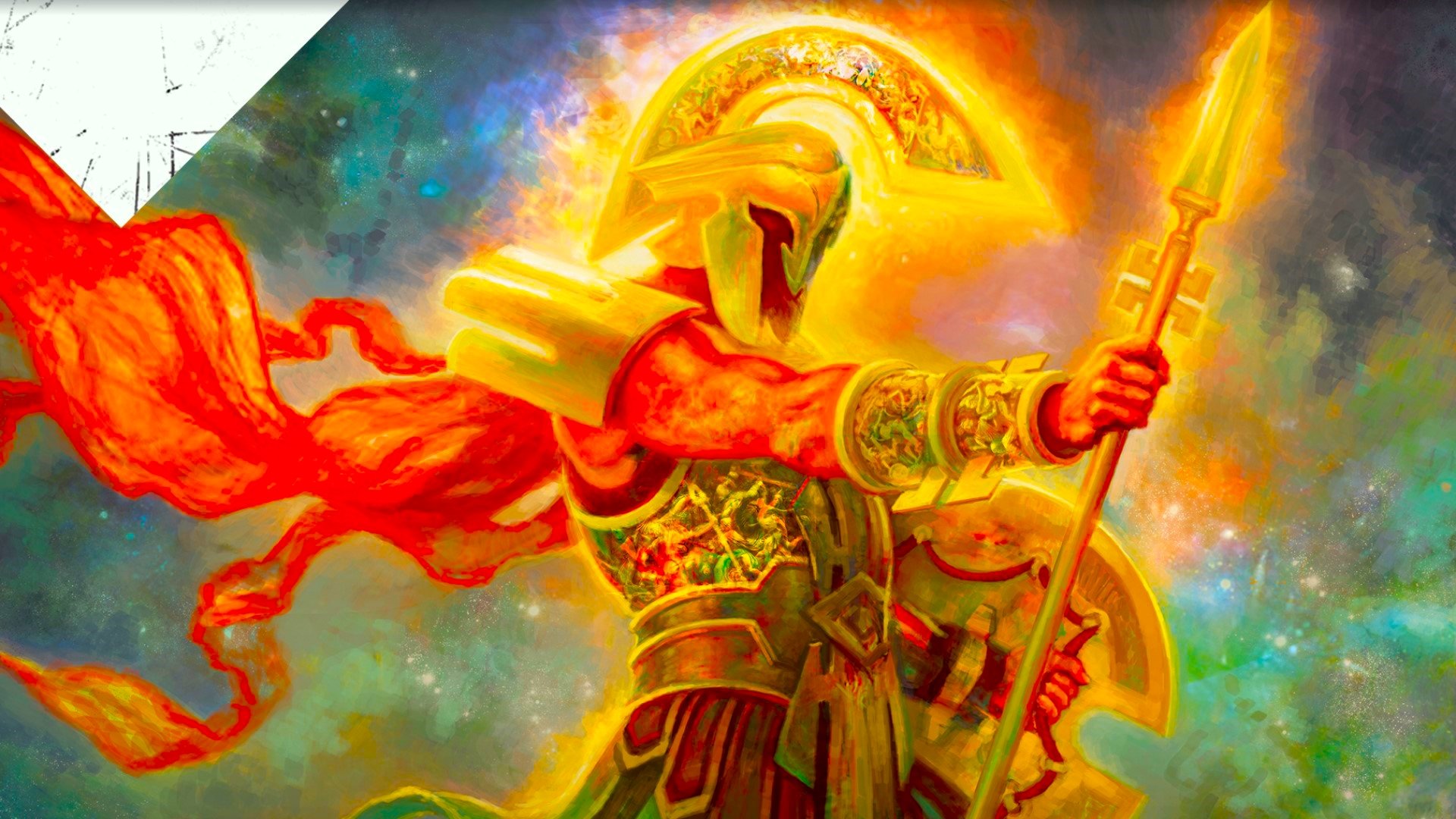As the wisened sages in Daft Punk once said, it pays to be “harder, better, faster, stronger”. Luckily for D&D players, one of the game’s best-known 5e spells can make you all of these things at once. We’re talking about haste, a third-level transmutation spell that offers more than just speed.
DnD haste 5e is a handy buff for anyone who needs a bit of a boost in battle. Want an extra action to attack or get around the battlefield? Need a bit of additional protection against DnD monsters? Want to run away, but like, really really far away? Haste has got you covered. It’s a versatile spell, and it’s easier to get your character’s grubby mitts on than you might think.
Here you’ll find a guide to haste that’s as speedy and streamlined as the spell itself. We’ve got everything you need to understand, cast, and plan your party’s attacks. If you’re looking for a great support spell that’s also got offensive potential, then you’ve come to the right place. Let’s talk haste.
Here’s everything you need to know about DnD haste 5e:
Haste 5e features
Here are the primary features of haste 5e:
| Level | Third |
| Casting time | One action |
| Duration | One minute (with concentration) |
| Range / Area | 30ft |
| Attack / Save | None |
| School | Transmutation |
How to cast haste 5e
First, choose a willing creature you can see within the spell’s range. You’ll need verbal and somatic gestures to cast haste, so get those arms waving and those words chanted. The required material component is a shaving of liquorice root – with this, you’re pretty much set to cast.
But wait! Haste is also a concentration spell. This means you need to follow D&D’s rules for concentration to reach the spell’s full duration.
This means no casting new concentration spells, no failed Constitution saving throws when you take damage, no overly distracting environments (as ruled by your DM), and certainly no dying or falling unconscious.
If all these requirements are met, haste doubles your target’s speed, adds +2 to their armour class (AC), gives them advantage on Dexterity saving throws, and grants an additional action on each of their turns. However, these actions are limited to the following: dashing, disengaging, hiding, using an object, or attacking.
Who can cast haste 5e
The main DnD classes who can cast haste are Sorcerers, Wizards, and Artificers. Sorcerers and Wizards gain the third-level spell slots required to cast haste at level five, while the Artificer gets them at level nine.
However, this speedy spell isn’t limited to these classes alone – there are plenty of subclasses you can take to gain haste in other ways. Arcane Trickster Rogues gain spellcasting abilities at third level, as do Eldritch Knight Fighters. Sadly, both have to wait until level 14 for a third-level spell slot – so these subclasses certainly aren’t the fastest way to make haste.
Both Oath of Glory and Oath of Vengeance Paladins can cast haste when they reach ninth level. Horizon Walker Rangers also earn the ability to cast haste at level nine, and Circle of the Land Druids can learn haste at level five if they choose a connection to Grassland.
Blood Hunters who join the Order of the Profane Soul can also cast haste at 15th level if their patron is the Great Old One. Bards can learn what they like from level 10 (or six if they’re with the College of Lore), so Haste is an option for them too.
Drinking the Potion of Speed gives you the effects of haste for a minute with no concentration required, but it’s a very rare item. Even rarer are the legendary Blackrazor, which can only be found in the dungeon of White Plume Mountain, and the Infernal Machine of Lum Mad, a wondrous artefact that allows you to cast haste on yourself – but only if you roll the right number on a d100 and if you accept a horrible consequence as a price.
If we’re getting even more niche, you can also cast haste if you’re specifically playing with the Guildmaster’s Guide to Ravnica rules, as the Rakdos Cultist background adds haste to your class’ spellcasting list.
Pros and cons of haste 5e
With the number of boosts it gives you, haste has plenty of potential uses. Casting it on your party’s heavy hitter (a Barbarian, for example) can help get damage dealt faster, and they’re less likely to take a battering of their own when they jump into the fray. That extra attack action definitely doesn’t hurt when on the offensive, either.
Of course, haste’s main benefit is more about defence. The boost to AC and saving throws, as well as the ability to hide, dash and disengage without wasting your main action, all make for a more durable party member. And being able to travel 120ft at ease means the best defence strategy is extra doable – we’re talking about running away.
One of the biggest criticisms of haste tends to be the expensive spell slot that comes attached. There are plenty of lower-level spells and rituals that offer one or two of haste’s specific benefits – and while it’s handy to have access to them all at once, it’s not likely you’ll need to use all of these benefits in the minute you’re given. Haste is an effective spell, sure, but you have to wonder how cost-effective it might be overall.





